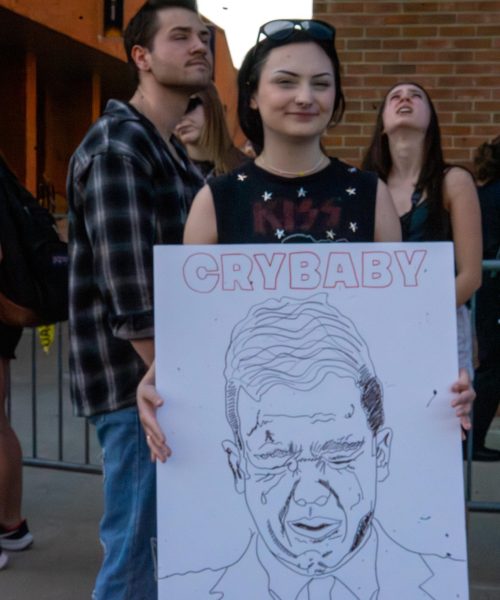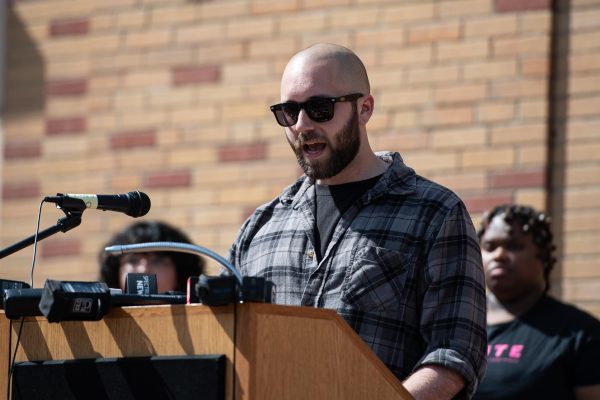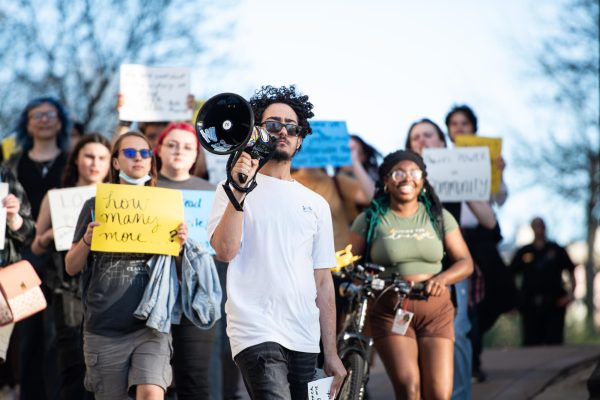Professor uses SCALE-UP method to improve classroom settings
December 7, 2016
Traditional classroom lecturing is taking a back seat to new teaching techniques thanks to associate physics professor Mina Katramatou.
In 2001, Katramatou started proposing interactive class. The new interactive classroom combines a traditional lecture with a hands-on lab experience,” Katramato said. “Instead of students just being expected to memorize information, this experience allows them to truly learn the information on their own.”
Katramato said they start learning slowly and getting the information via an inquiry basis, and the information becomes their own.
“When the exam comes, they aren’t just memorizing the material and regurgitating it for a grade,” she said.
The particular method Katramatou uses is called “SCALE-UP” (Student-Centered Active Learning Environment with Upside-Down Pedagogies). It is meant to be a highly collaborative and a hands on interactive environment.
SCALE-UP started in 1995 by Robert Beichner at the University of North Carolina. Approximately 300 universities in the U.S. have them, Katramatou said. She theorized that there are more universities using the method world-wide, and believes any class that has a lab component or a hands-on learning component can benefit from an interactive classroom like this.
The classroom also has the added benefit of making problem solving easier for the students. Since the students will be sitting at a round table of nine, they can work through the problem together instead of the possible embarrassment of raising their hand and asking a question, Katramatou said.
“It gets very personal for students,” said physics professor Spyridon Margetis. “You don’t feel alone.”
Although utilizing the interactive classroom is recent, the proposals started around 12 years ago. Katramatou started proposing ideas for the classroom, but was unable to get the funds until recently, which totaled $180,000, Katramatou said.
During the reconstruction of Smith Hall, room became available to hold the classroom. It combined two smaller classrooms and has multiple round tables to seat nine students at each, with computers for students to work on. There are also screens on every wall of the room and a walkway for the students to show and experiment with what they’ve built.
“I don’t want to go back to the traditional lecture,” Katramatou said. “It’s like an impossible dream come true.”
Gabrielle Harrison is the technology reporter, contact her at [email protected].























